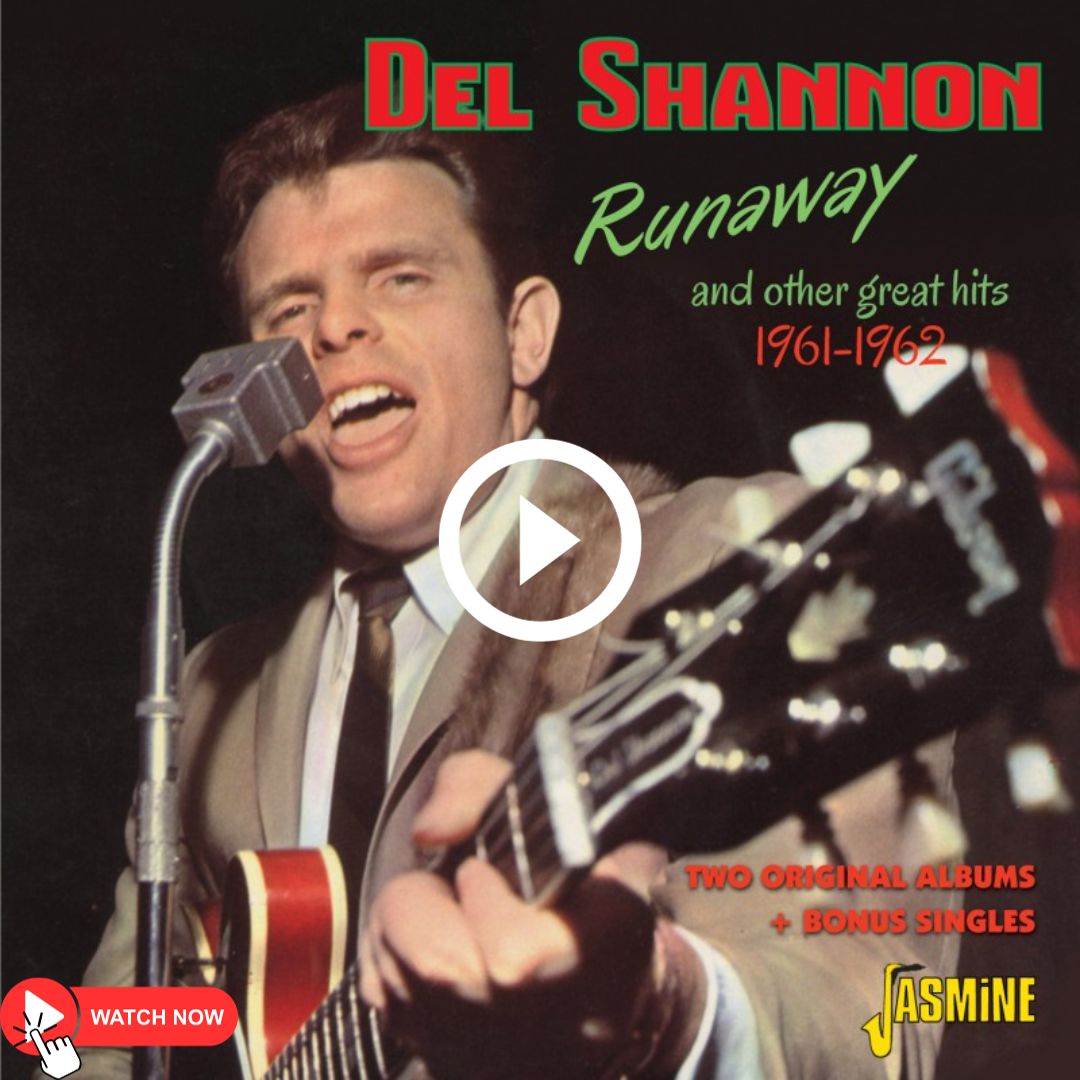“Runaway” by Del Shannon is a rock and roll classic that burst onto the music scene in 1961, making an indelible mark with its distinctive falsetto vocals and iconic keyboard riff. Del Shannon, an American singer and songwriter, co-wrote the song with his keyboardist Max Crook. The track became an instant hit, reaching the top of the charts in multiple countries and solidifying Shannon’s status as a prominent figure in the early 1960s rock and pop landscape.
“Runaway” is characterized by its infectious melody, Shannon’s emotive delivery, and the innovative use of Max Crook’s Musitron, an early form of a synthesizer. The song’s catchy chorus and memorable bridge contribute to its enduring popularity, making it a staple of the rock and roll era.
MEANING BEHIND
“Runaway” explores the theme of heartbreak and unrequited love. The lyrics depict the narrator lamenting a failed relationship, expressing the pain and anguish of watching a loved one walk away. The famous falsetto cries of “why, why, why” in the chorus convey a sense of desperation and longing.
The haunting Musitron riff played by Max Crook adds a unique sonic element to the song, enhancing the melancholic atmosphere. The instrument’s piercing sound mirrors the emotional turmoil of the protagonist, creating a distinctive sonic signature that sets “Runaway” apart from other hits of its time.
Del Shannon’s powerful vocal delivery, combined with the innovative musical arrangement, contributed to the song’s emotional impact. “Runaway” resonated with a broad audience, capturing the universal experience of heartbreak and the emotional turbulence that accompanies it. The song’s enduring popularity over the decades attests to its timeless quality and its place in the annals of rock and roll history.
